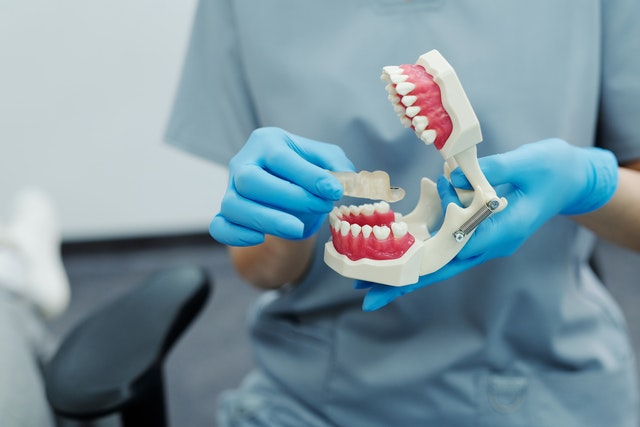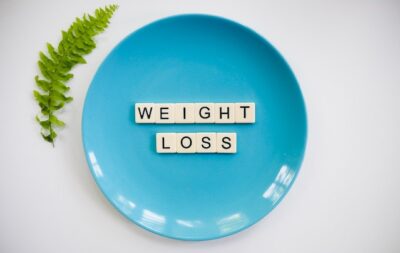According to a recent survey, 45 million Americans have undergone professional teeth whitening procedures. That’s 14% of the total population!
Are you thinking of ways to make your own smile whiter and brighter?
There are many reasons why your teeth might have become discolored over time, from injury and illness to simple wear and tear. Certain foods, including coffee and tea, can also stain your pearly whites.
Yet, which solutions actually work and which are less effective? Before you invest time and money into various teeth whitening methods, read on.
Today, we’re taking a close look at how these processes work. We’ll share which ones are worth investigating, and which are better left on the shelf.
Understanding the Landscape
Before diving in, let’s start by covering the vast array of tooth-whitening options on the market today. A few of the most common ones include:
- Whitening toothpaste
- Over-the-counter whitening gel
- Oral rinses
- Whitening strips
- Dentist-prescribed treatments
With so many choices, it’s easy to see why your head might be spinning! In the next sections, we’ll break down the pros and cons of each of these.
Whitening Toothpaste
Of all the options, whitening toothpaste is the most affordable. These tubes cost only a few dollars at the drugstore. On their packaging, you’ll find claims that they can remove surface stains and brighten the appearance of your smile.
If you’re just looking to offset the effects of your daily coffee habit, these pastes can do a fine job. However, don’t fall victim to a marketing ploy.
Keep in mind that all toothpaste is whitening to a degree. To effectively remove plaque, it has to be slightly abrasive in nature. These ingredients can also slough away surface stains, though the difference won’t be dramatic.
If you want a little more oomph, you can find kinds of toothpaste that contains special polishing agents or chemical additives. These will usually come at a higher price point, however.
Over-the-Counter Whitening Gel
Even the best whitening toothpaste will not contain any form of bleach. If you want a smile that’s noticeably brighter, you may want to use a whitening gel.
These are available over the counter and do contain bleaching agents, such as peroxide. Most come equipped with a foam tray that you can form to fit your teeth. Once you complete the fitting and molding process, you’ll simply add the gel to the tray and wear it for the recommended amount of time.
With these gels, you can expect to see results within about four days, and they can last for months. Most trays are designed to be worn for about two weeks.
In addition to trays, you can also find whitening gels that brush directly onto your teeth. These come in containers that look similar to a bottle of nail polish, with a brush that’s about the same size.
Following the manufacturer’s instructions, you simply brush the whitening solution onto your teeth and allow it to sit there for a set period of time. Depending on the strength of the peroxide, you may leave the gel on for just a few minutes to an hour or more.
Oral Rinses
Do you want the effects of a whitening gel, without the time commitment of a tray? If so, then an oral rinse may be a better solution.
You’ll use these just like mouthwash. You add a pre-measured amount of the rinse into your mouth, swish it around, and then spit it out. Not only can an oral rinse whiten your teeth, but it can also freshen your breath and help ward off icky dental plaque.
In addition, it can also protect your teeth and gums from oral diseases, such as periodontitis.
While these offer a degree of convenience, you might find that it takes longer to see results with a dental rinse. Even if you use yours every day, it could take around 12 weeks to achieve whiter teeth.
This is because the rinse is only contacting your teeth for a short period of time. Most products require you to swish the rinse for one minute in the morning and one minute at night. Conversely, you’ll leave a tray of whitening gel on for 30 minutes to one hour.
If you want to amplify the effects of your oral rinse, you can brush your teeth with whitening toothpaste afterward. However, this can cause tooth sensitivity, so monitor your reaction and adjust accordingly.
Whitening Strips
Whitening strips are another way to bypass the time and mess that whitening trays can sometimes require.
With these, the peroxide gel is already pre-applied to each strip. You simply peel it off the adhesive backing and apply it to your teeth. Most boxes contain enough strips to last for a two-week application period, though you may only use yours for one week if they’re stronger.
There are strips designed to fit onto your top row of teeth, as well as ones for the bottom row of teeth. When applied, the strips are comfortable, tasteless, and nearly invisible.
Like whitening trays, these will deliver results in just a few days. Once your teeth are brighter, you can enjoy the effects for a few months.
Dentist-Prescribed Treatments
The above whitening solutions can help you get rid of yellow stains on your teeth and achieve a more confident smile.
However, none is as safe or effective as a treatment recommended and provided by your dentist.
If you’re only looking to remove surface-level stains, your dentist may fit you for a custom tray. Then, they’ll send you home with a strong tube of gel that will work better and faster than anything you’ll find on the drugstore shelf.
If your stains are more severe, your dentist may recommend a stronger treatment. One of those is a laser whitening system.
With this approach, your dentist will paint whitening gel on your teeth. Then, they will point a light or a laser directly at the surface. The light activates the gel, super-charging the oxygen within it and allowing it to penetrate deeply into the surface of each tooth.
You’ll usually sit under the light for about 20 minutes. Then, your dentist will remove the gel and you’ll be ready to go!
Not only are in-office procedures more effective, but their results are also more dramatic and longer-lasting. Not all dentists will offer this type of treatment, so check before you make plans. If you’re local to Lexington, KY, you can search for “teeth whitening near me” to make an appointment at Justice Dental!
Trying Teeth Whitening Methods Safely
Before you try any teeth cleaning or teeth whitening method, it’s important to understand a few basic safety tips. Let’s break down the top ones.
Follow the Instructions
Whether you’re reading the back of a box or listening to your dentist, it’s important to pay attention to the steps that you need to follow.
Misusing a whitening product could leave your teeth and gums feeling very sensitive, which can impact your quality of life. It’s difficult to eat and drink when the nerves in your mouth feel exposed, and even speaking can be painful.
Resist the urge to leave a product on longer than the instructions require. Doing so won’t make your teeth any whiter.
Avoid Acidic Foods and Beverages
Even if your teeth and gums don’t feel sensitive, remember that bleaching agents are abrasive. They can temporarily weaken your enamel, and you don’t want to speed up the process.
While you’re undergoing a whitening treatment, steer clear of acidic foods and beverages like soda, tea, and sports drinks. Stick to water where possible to keep your smile healthy and bright.
Stop When You Need To
In your quest to achieve whiter teeth, have you found that some products or treatments are simply too strong for you?
Instead of pushing through it and suffering anyway, go ahead and stop. Talk to your dentist to see if they have any recommendations, and don’t begin again until you have a clearer path forward.
While you might experience mild sensitivity in the beginning, this sensation should go away after a few days of use. If it persists, go ahead and seek medical advice and attention as soon as possible.
Which Teeth Whitening Methods Will You Try?
Now that you know a few of the most popular teeth whitening methods available, are you ready to try a few of them?
Depending on your budget, time restraints, and general needs, any of these will work. However, there are some that are more effective than others.
For teeth whitening that works, always consult your dentist. An in-office procedure will deliver long-lasting results you can trust. Otherwise, gels, pastes, and strips can offer a quick fix as long as you follow the directions.
Looking for more advice on health and wellness? Check out the guides in our Lifestyle section!










